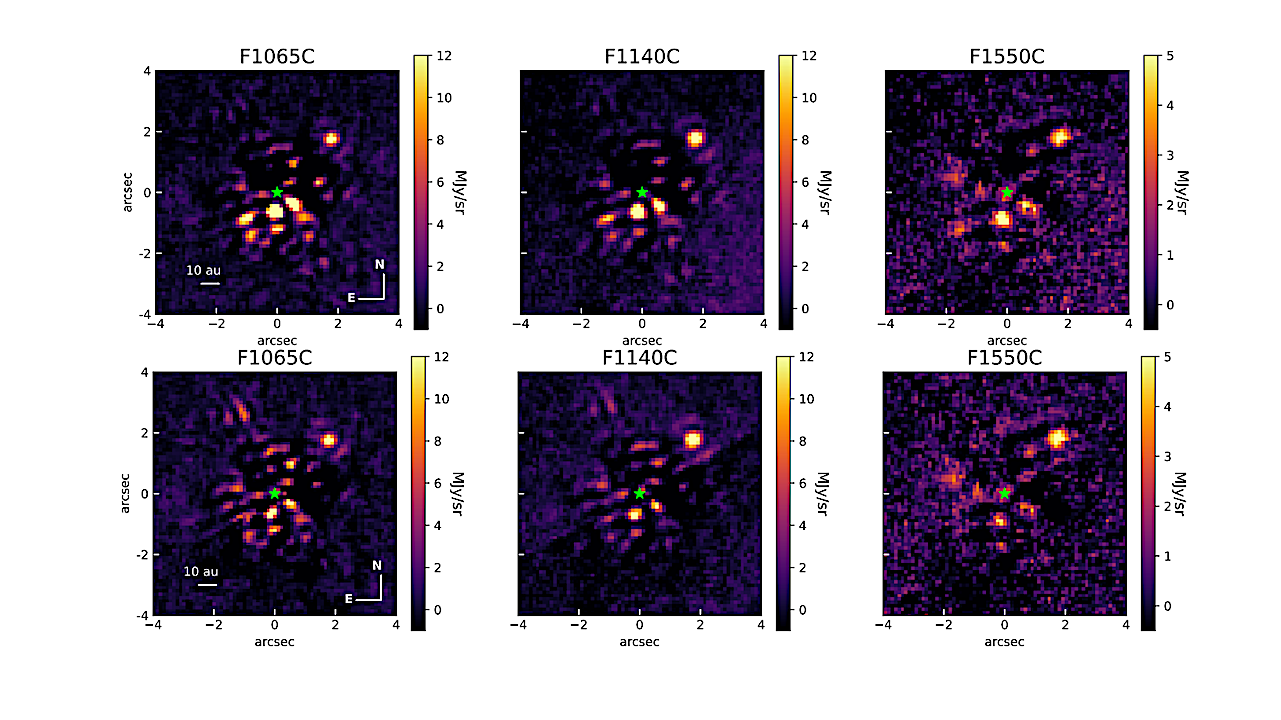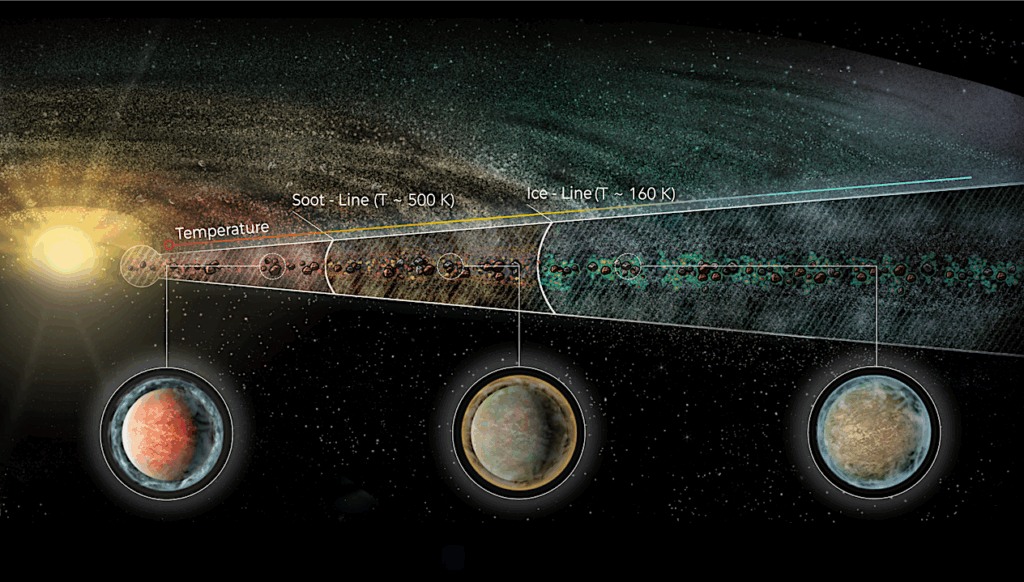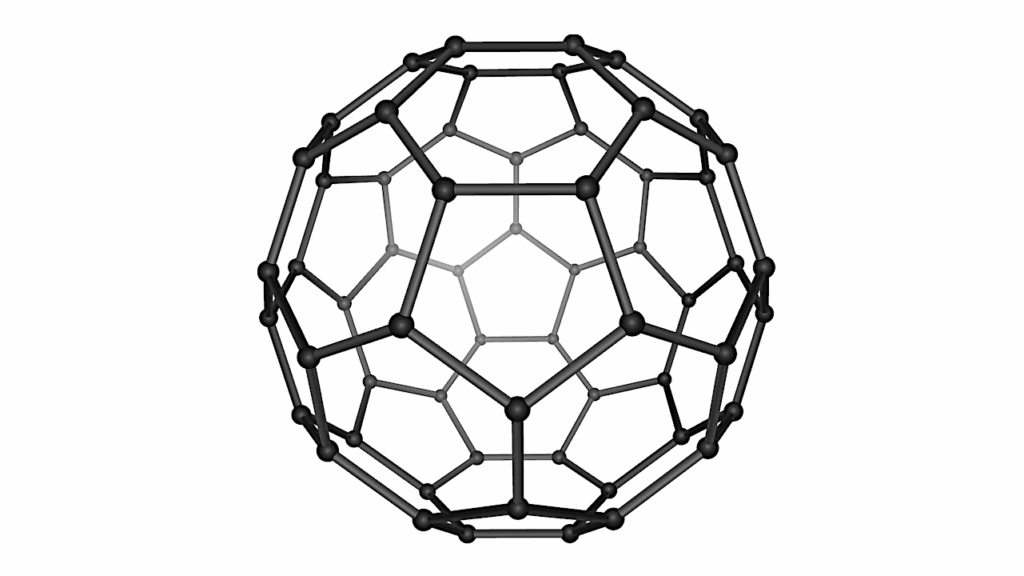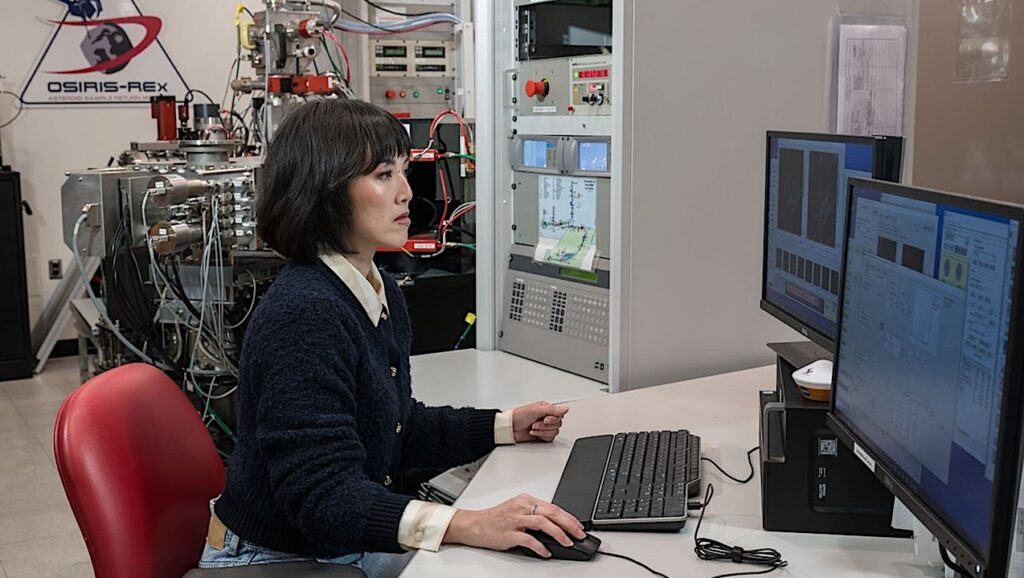First Unambiguous Detection Of Ammonia In The Atmosphere Of A Planetary Mass Companion With JWST/MIRI Coronagraphs

The newly accessible mid-infrared (MIR) window offered by the James Webb Space Telescope (JWST) for exoplanet imaging is expected to provide valuable information to characterize their atmospheres.
In particular, coronagraphs on board the JWST Mid-InfraRed instrument (MIRI) are capable of imaging the coldest directly imaged giant planets at the wavelengths where they emit most of their flux. The MIRI coronagraphs have been specially designed to detect the NH3 absorption around 10.5 microns, which has been predicted by atmospheric models.
We aim to assess the presence of NH3 while refining the atmospheric parameters of one of the coldest companions detected by directly imaging GJ 504 b. Its mass is still a matter of debate and depending on the host star age estimate, the companion could either be placed in the brown dwarf regime or in the young Jovian planet regime.
We present an analysis of MIRI coronagraphic observations of the GJ 504 system. We took advantage of previous observations of reference stars to build a library of images and to perform a more efficient subtraction of the stellar diffraction pattern. We detected the presence of NH3 at 12.5 sigma in the atmosphere, in line with atmospheric model expectations for a planetary-mass object and observed in brown dwarfs within a similar temperature range.
The best-fit model with Exo-REM provides updated values of its atmospheric parameters, yielding a temperature of Teff = 512 K and radius of R = 1.08 RJup. These observations demonstrate the capability of MIRI coronagraphs to detect NH3 and to provide the first MIR observations of one of the coldest directly imaged companions.
Overall, NH3 is a key molecule for characterizing the atmospheres of cold planets, offering valuable insights into their surface gravity. These observations provide valuable information for spectroscopic observations planned with JWST.
Mathilde Mâlin, Anthony Boccaletti, Clément Perrot, Pierre Baudoz, Daniel Rouan, Pierre-Olivier Lagage, Rens Waters, Manuel Güdel, Thomas Henning, Bart Vandenbussche, Olivier Absil, David Barrado, Benjamin Charnay, Elodie Choquet, Christophe Cossou, Camilla Danielski, Leen Decin, Adrian M. Glauser, John Pye, Goran Olofsson, Alistair Glasse, Polychronis Patapis, Pierre Royer, Silvia Scheithauer, Eugene Serabyn, Pascal Tremblin, Niall Whiteford, Ewine F. van Dishoeck, Göran Ostlin, Tom P. Ra, Gillian Wright
Comments: Accepted to A&A
Subjects: Earth and Planetary Astrophysics (astro-ph.EP)
Cite as: arXiv:2501.00104 [astro-ph.EP] (or arXiv:2501.00104v1 [astro-ph.EP] for this version)
https://doi.org/10.48550/arXiv.2501.00104
Focus to learn more
Submission history
From: Mathilde Mâlin
[v1] Mon, 30 Dec 2024 19:02:29 UTC (2,500 KB)
https://arxiv.org/abs/2501.00104
Astrobiology,








